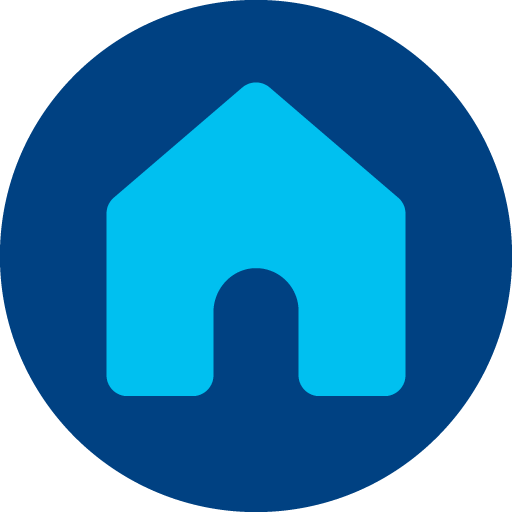Flow editor
The Flow editor is the tool for creating BOT flows. Using drag-and-drop functionality and easy-to-use blocks, you can build up your BOT flow to implement the desired behavior.
On the main menu on the left side, you have four options:
Blocks
Rules
Globals
Settings
Blocks
The “Blocks” section brings you to the main flow editor page, where you can see the BOT flow with all the blocks. From here, you can modify the flow by adding/modifying/deleting blocks (learn more about the editor and blocks).
Other than the flow map, you can also see, on the left, the full list of blocks already added to the flow. You can use the “search“ functionality to move the editor focus straight to a specific block, by searching for a particular block name/title.

Rules
Rules allow your BOT to proactively write to your visitors when they land on a specific page, through an automated pop-up message.

For each rule, you can configure:
Rule name: this is the name of the rule
Condition - url: this is the condition that must be matched in order to trigger the proactive message. The condition can be based on the URL content only.
Possible options are:Any: this condition applies the rule to any URL, regardless of its structure or content;
Starts: the rule applies if the URL starts with a specified string;
Ends: the rule applies if the URL ends with a specified string;
Contains: the rule applies if the URL contains a specified string;
Custom: this option allows for a custom-defined URL pattern, providing more flexibility in specifying the URL condition.
Condition - every: it specifies how often the rule should be evaluated or triggered. It ensures that the message or action is displayed according to a predefined schedule.
Action - message: this should contain the flow’s block’s title to handover the control to once the pop-up is opened. For example, if you have a block in your chat BOT flow with a “Proactive-Offer-Block“ title, you have to configure the “message“ field in this way: “/Proactive-Offer-Block“
Globals
From “Globals” is possible to create and set special variables having these features:
They can be created in advance instead of from the BOT flow;
They can not be created from the BOT flow;
They can not be deleted from the BOT flow (using “Delete attribute” block);
They can be modified from the BOT flow using, for example, "Set attribute” block;
In case of the flow is exported, they are are not included in the JSON.
Global variables are perfect if you have constant values you want to use in the flow for example.
To add a new global variable:
Click on “Add” button;
Set the “Key”, that is the variable name;
Assign a “Value” to your variable;
Click on “Add“.

You can access global variables from the variable list menu within blocks, just expand the “Globals” sub-menu.

Settings
From settings, you can define some standard BOT details or perform some actions. The settings tab is divided into 5 main sub-menu:
Bot details, give you the access to profile and department details and allow you to:
Upload the bot avatar and change bot name: these 2 information are then used in the chat BOT widget visualization, not only on a web page, but also on other channels (like WhatsApp);
Assign a department to the BOT: this is helpful when a conversation is handed over to human agents because it allows you to choose the right group of agents, in particular those ones belonging to the group associated to that department. On the other side, when a BOT is associated to a department and the control is handed over to that department (by using “Change department“ block for example), the assigned BOT takes control of the flow.

Import/Export
From this section, is possible to import a CSV file containing a list of FAQ and export the BOT flow in JSON format. In particular:
Import from a CSV file the frequently asked questions: once you click on “Import from CSV“, there is the option to download a file example and to configure the CSV delimiter (default is “;”). The CSV format is quite easy: “question;answer”. Header is not required;
Export your BOT flow into a JSON file: this is useful if you want to take a backup of the flow or if you want to import it into another project (in case of the pre-production Sandbox has been purchased).
Please, note that global variables are not exported in JSON file, so you have to recreate them manually when the JSON is imported as a new BOT.

Developer
From this section is possible to generate a JWT - JSON Web Token, that must be used if you need to control the BOT via API or if you want to subscribe to BOT events.

Advanced
This section allows to change the BOT language. This does not regard the messages exchanged during the conversation with a user, but…

